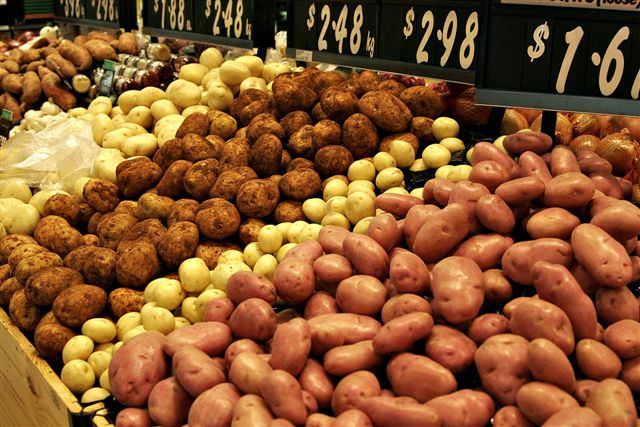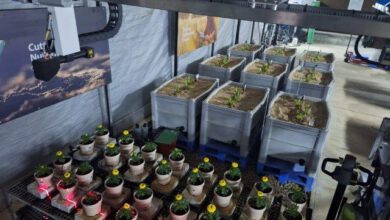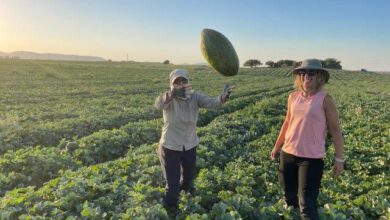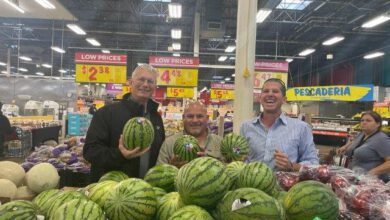Innovation and Developments in Conserving Agricultural Produce after Harvesting
Growing technologies' effect on produce quality.
Elazar Fallik, Fruit storage department, Agricultural Research Administration Beit Dagan, Israel

abstract of a lecture delivered by prof. elazar fallik at the conference on innovation in agriculture.
fruit and vegetables constitute an important source of nutritional elements in human sustenance. where human beings consume fresh produce, or use it for aesthetic purposes, postharvest control will always be a challenge. this postharvest control begins at the very moment when the produce’s edible part is picked from the mother plant and continues until it ends up on people’s plates, as either fresh or processed produce.
the ripening and ageing processes continue to progress after harvesting, and consequently that produce is perishable physiologically (ripening and ageing) and pathologically (rotting development). between 20% and 50% of the fresh produce is lost due to the spoiling of the fruit and vegetables that makes them unsuitable for marketing.
the produce’s postharvest quality depends on five factors: its genetic background (varieties), prevailing weather conditions, all the pre-harvesting work (habitats, irrigation, fertilization, tree/plant shaping and similar), all the other circumstances relating to harvesting and marketing (picking method, picking time of the day, ripening state, treatment at the packing station, refrigeration during haulage, at markets and in home refrigerators), and all these initial four factors combined.
to cut losses and maintain the produce’s quality over extended periods of time, innovative research is being conducted and new developments implemented at the department for research on postharvest agricultural produce (storage) at the agricultural research organization, volcani center, beit dagan. definitive cultivation processes are ongoing throughout the year for a wide range of diverse fruits, vegetables and flowers, while simultaneously, cultivation processes using spontaneous mutagenesis are also carried out to obtain produce of a higher quality after harvesting together with a longer storage capacity.
root stocks and scions for vegetables and trees are grafted, cultivated and developed, and the effects of the interactions between the stock and scion are studied to maintain the fresh produce’s external, internal and sensory quality. the effect of new growing technologies such as colorful shade nets on the quality of the produce are studied with a view to understanding the mechanism controlling how they operate in maintaining the storage capacity of the fruit or vegetable concerned.
these applications are environmentally friendly and used for eliminating pathogens after harvesting, including physical treatments, biological pest and fungi control, or employing menthe oil. they have been developed and as they become more advanced so they succeed in destroying or checking the emergence of postharvest decay, or the sprouting of root growths during long-term storage. simultaneously, research work is ongoing that is based on the biotechnical approach to alter processes of separation, ageing or the fruit’s sensitivity after picking and during long-term storage. this lecture will demonstrate some of this research work, which is ongoing in recent years at the center’s storage department.




